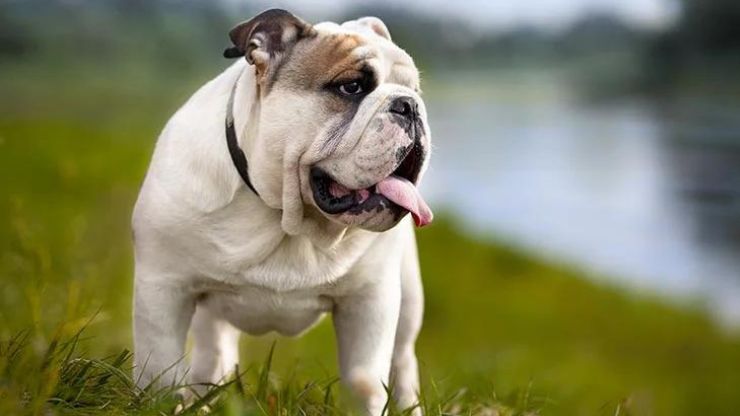Dog Breeds That Can’t Swim – In a world where aquatic adventures are often synonymous with canine enjoyment, it’s essential to recognize that not all dogs possess an innate affinity for water. This exploration delves into the realm of dog breeds that, for various reasons, are not natural swimmers. Dispelling common misconceptions and shedding light on both physical and behavioral impediments, we examine the unique characteristics of breeds such as Bulldogs, Dachshunds, Pugs, and Basset Hounds that contribute to their reluctance toward aquatic activities.
Understanding the genetic and behavioral factors influencing these breeds’ aversion to water provides valuable insights for responsible dog ownership. As we navigate through the challenges faced by these non-swimming breeds, our goal is not only to unravel their stories but also to promote awareness, safety, and strategies for fostering a positive relationship between these unique companions and aquatic environments.
Table of Contents
ToggleDog Breeds That Can’t Swim
Bulldog

Bulldogs, with their sturdy build and pushed-in noses, are generally less inclined to swim. Their compact physique makes staying afloat challenging, and the brachycephalic features may hinder their swimming ability. While some Bulldogs may enjoy water activities with proper introduction, many of them are not natural swimmers due to their body structure. It’s crucial to be mindful of their comfort and safety around water, considering their limited buoyancy. Individual preferences may vary, and not all Bulldogs share the same aversion to swimming, but cautious introduction and supervision are recommended. Always consult with a veterinarian regarding a Bulldog’s suitability for water activities.
Also, Read – Best Toy Dog Breeds
Pug
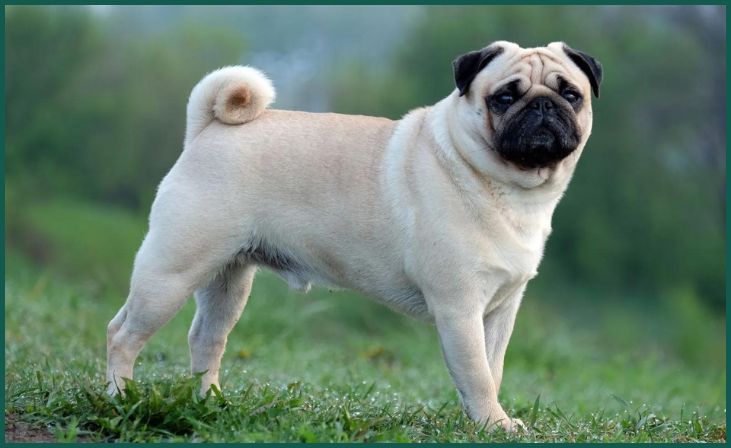
Pugs, characterized by their compact bodies and short noses, are generally less adept at swimming. Their physical features, including a pushed-in face, can make it challenging for them in the water. Due to their limited buoyancy, Pugs may struggle to stay afloat and find swimming less comfortable. While some individuals may enjoy water activities with patient introduction, many Pugs are not natural swimmers. Caution and supervision are advised around water to ensure their safety. It’s essential to consider the comfort and well-being of each Pug, and consulting with a veterinarian can provide guidance on the appropriateness of introducing them to aquatic environments.
Dachshund
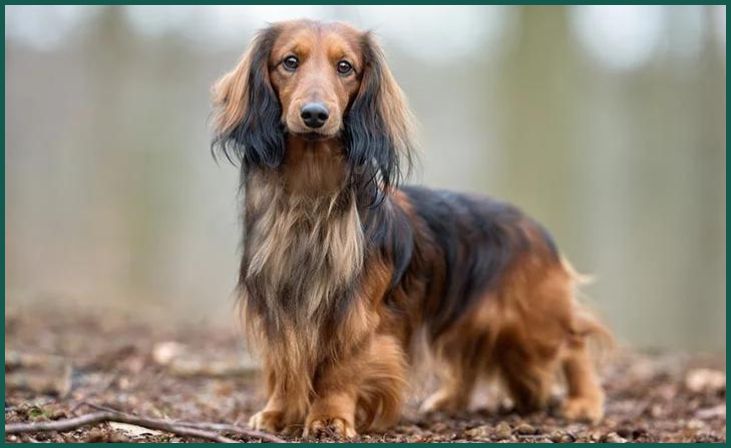
Dachshunds, known for their long bodies and short legs, often face challenges when it comes to swimming. Their unique physique, characterized by a elongated back and shorter limbs, can make staying buoyant difficult. Additionally, Dachshunds may be more prone to back issues, and swimming may not be recommended for all individuals. While some may enjoy water activities with gradual introduction, many Dachshunds are not natural swimmers. Owners should exercise caution around water, ensuring their safety and comfort. Consulting with a veterinarian is crucial to determine the suitability of swimming for each Dachshund, considering their specific health conditions and physical limitations.
Basset Hound
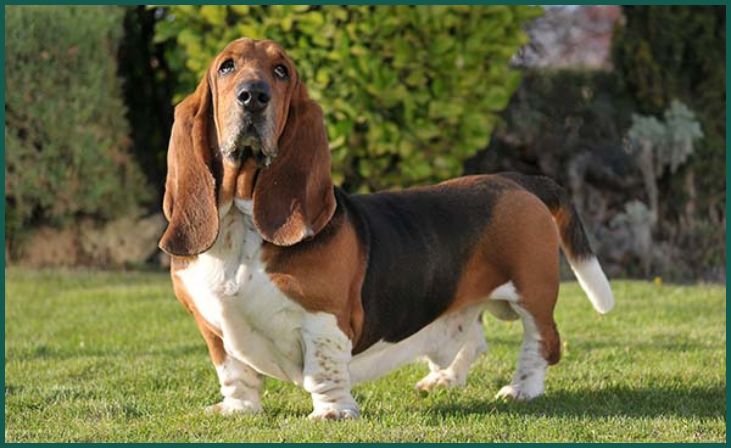
Basset Hounds, with their low-slung bodies and short legs, often face challenges in swimming due to their unique build. Their heavy structure and relatively short limbs can impede buoyancy, making swimming less natural for them. While individual preferences vary, many Basset Hounds may not be enthusiastic about water activities. Caution is advised around pools, lakes, or other bodies of water to ensure their safety. Introducing them gradually and with positive reinforcement may help some Basset Hounds become more comfortable with swimming, but it’s essential to recognize and respect their limitations. Consulting with a veterinarian can provide insights into the appropriateness of water activities for individual Basset Hounds.
Don't just scroll, subscribe!
BuzzTrail's unique web-stories are the cure for boredom you've been waiting for.
Also, Read – Smartest Dog Breeds
Boxer
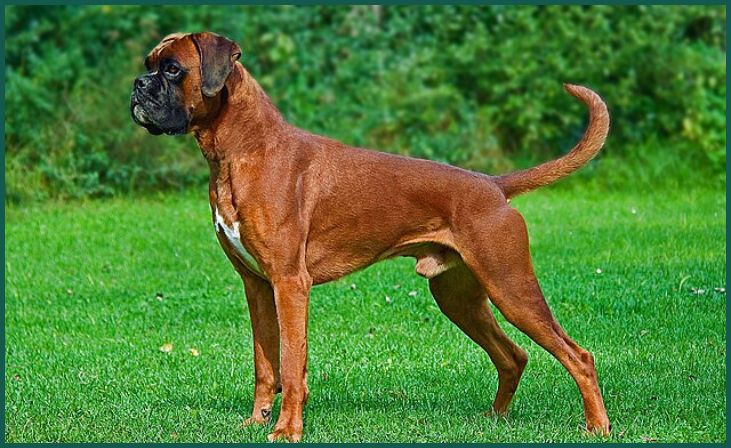
Boxers, known for their muscular build and athleticism, may exhibit mixed preferences when it comes to swimming. While some Boxers may enjoy water activities, others may find swimming challenging due to their powerful physique and shorter muzzle. The heavy, well-developed musculature may affect their buoyancy. Care should be taken during water introductions, and close supervision is essential to ensure their safety. Gradual exposure, positive reinforcement, and patience can help acclimate some Boxers to swimming. However, it’s crucial to respect individual differences, and consulting with a veterinarian can provide guidance on whether swimming is suitable for a specific Boxer based on their health and physical characteristics.
Shih Tzu
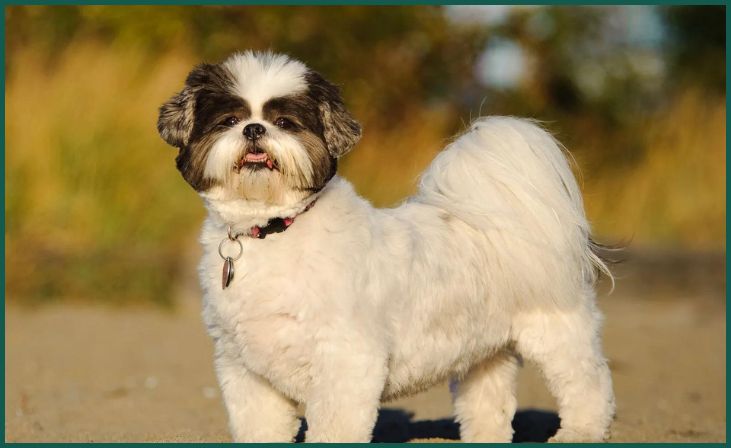
Shih Tzus, adorned with a luxurious and dense coat, may face challenges when it comes to swimming. Their long, flowing fur tends to become heavy when wet, making it more difficult for them to stay afloat. While individual preferences vary, many Shih Tzus may be less inclined toward water activities. Caution is advised around pools or bodies of water to prevent their coats from becoming waterlogged. Some Shih Tzus may enjoy shallow water play with gradual introduction and positive reinforcement, but it’s essential to prioritize their comfort and safety. Consulting with a veterinarian can offer insights into the appropriateness of swimming for individual Shih Tzus based on their health and coat condition.
French Bulldog
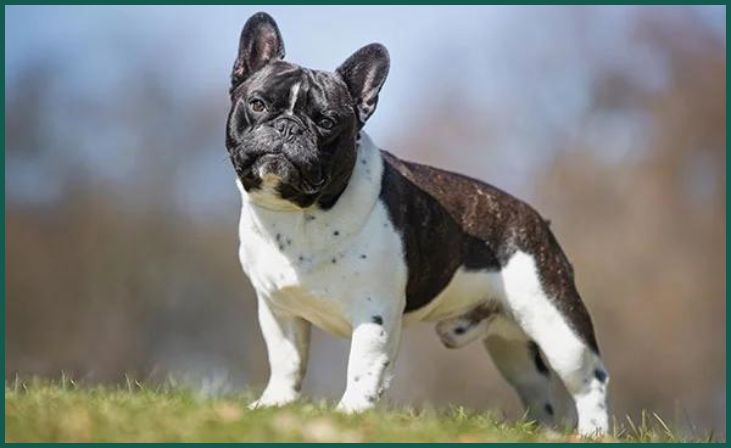
French Bulldogs, characterized by their compact build and brachycephalic features, are generally less inclined toward swimming. Their muscular bodies and short noses can make it challenging for them in the water, impacting their buoyancy. While some French Bulldogs may enjoy water activities with careful introduction, many may not be natural swimmers. Caution and supervision are recommended around pools or other bodies of water to ensure their safety. It’s essential to be mindful of their comfort level and limitations. Owners should consider the individual preferences of their French Bulldogs and consult with a veterinarian to determine the appropriateness of introducing them to aquatic environments based on their health and physical characteristics.
Also Read: Toy Dog Breeds
Borzoi
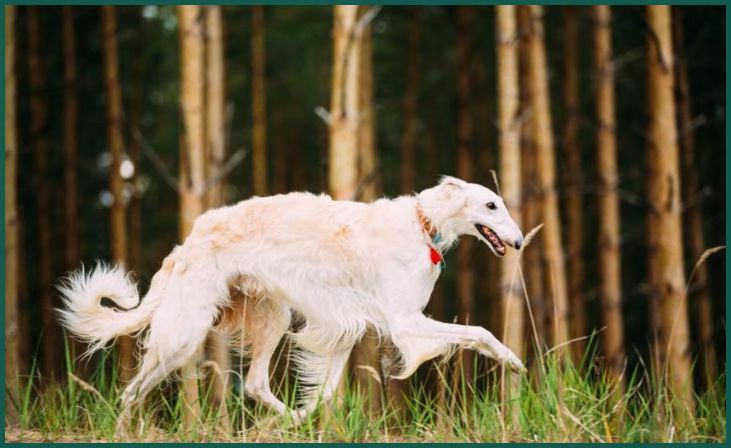
Borzois, despite their agility, are not known for being strong swimmers. Their slim, elegant build and long legs may not provide the natural buoyancy required for effective swimming. While individual preferences vary, many Borzois may not readily take to water activities. Caution and supervision are advised around bodies of water to ensure their safety. Introducing them gradually and with positive reinforcement may help some Borzois become more comfortable with swimming, but it’s crucial to respect their potential hesitation. Owners should consider the specific traits and preferences of their Borzois and consult with a veterinarian to assess the appropriateness of water activities based on their health and physical characteristics.
Conclusion
In conclusion, acknowledging the diverse preferences and limitations among dog breeds regarding water activities is crucial for responsible pet care. By understanding the unique traits of non-swimming breeds like Bulldogs, Dachshunds, Pugs, and Basset Hounds, we promote a safer and more enjoyable environment for these furry companions. Through gradual exposure, positive reinforcement, and careful supervision, we can bridge the gap between certain breeds and aquatic experiences. Ultimately, responsible ownership entails recognizing and respecting individual differences, ensuring that every dog, regardless of its swimming prowess, can lead a happy and secure life.
FAQs
Why can’t some dog breeds swim?
Why can’t some dog breeds swim?
The inability of certain dog breeds to swim is often influenced by a combination of genetic factors, such as body structure, and behavioral traits that may lead to fear or discomfort in water.
Which dog breeds are known for struggling with swimming?
Which dog breeds are known for struggling with swimming?
Breeds such as Bulldogs, Dachshunds, Pugs, and Basset Hounds are commonly recognized as having difficulty swimming due to their specific physical and behavioral characteristics.
What physical traits hinder swimming in certain breeds?
What physical traits hinder swimming in certain breeds?
Breeds with short legs, heavy bodies, or brachycephalic features may face challenges in buoyancy and movement in water, impacting their ability to swim.

